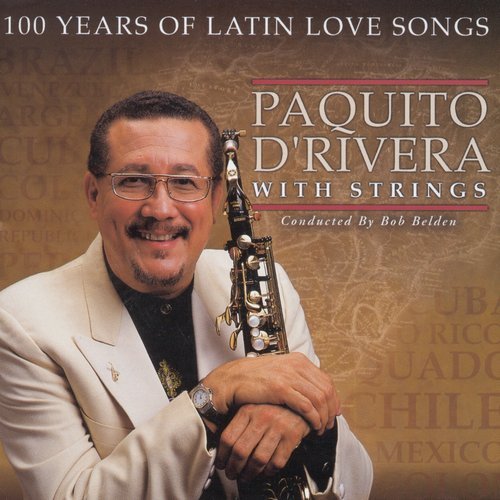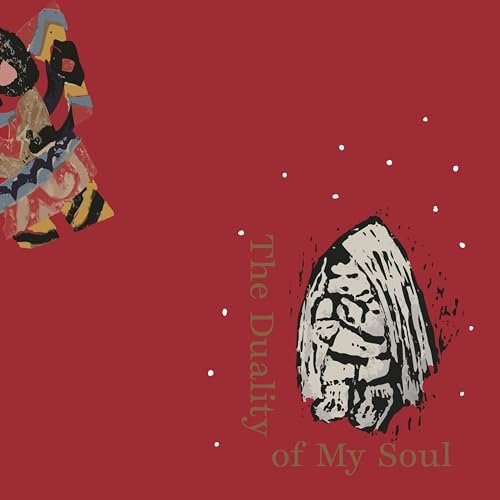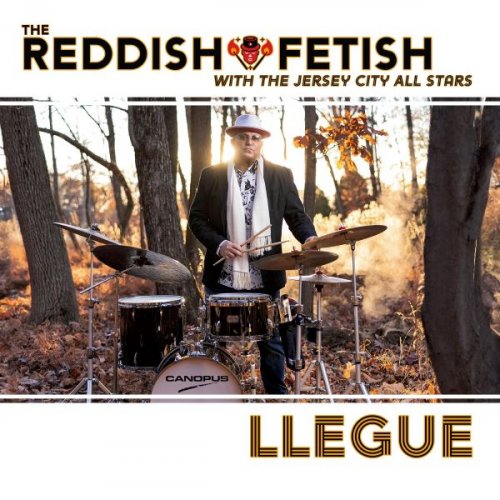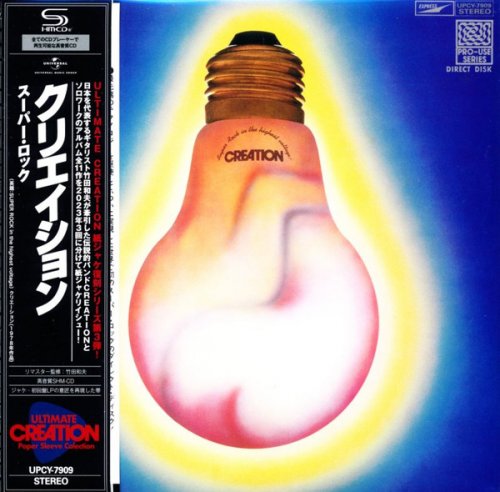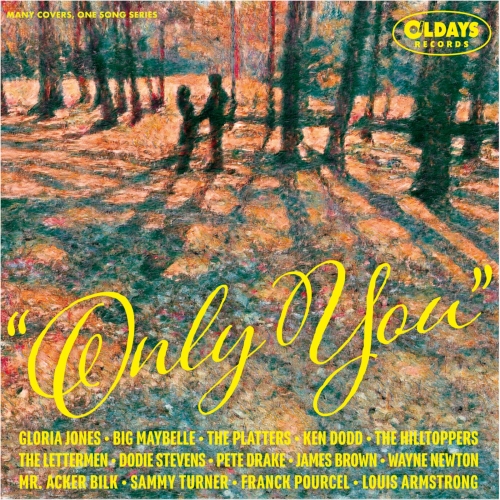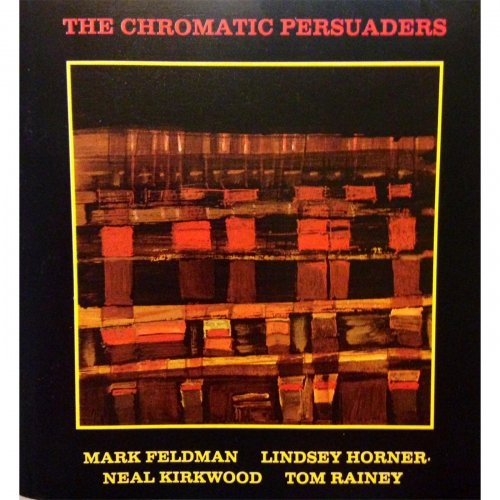George Harrison - Electronic Sound (1969/2014) Hi Res
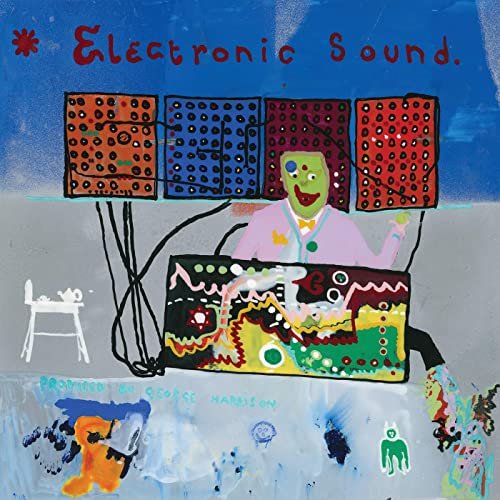
Artist: George Harrison
Title: Electronic Sound
Year Of Release: 1969/2014
Label: UMC (Universal Music Catalogue)
Genre: Experimental, Avant-Garde, Noise
Quality: 320 kbps | FLAC (tracks) | 24Bit/96 kHz FLAC (tracks+digital booklet)
Total Time: 00:43:51
Total Size: 102 mb | 229 mb | 883 mb
WebSite: Album Preview
Tracklist:Title: Electronic Sound
Year Of Release: 1969/2014
Label: UMC (Universal Music Catalogue)
Genre: Experimental, Avant-Garde, Noise
Quality: 320 kbps | FLAC (tracks) | 24Bit/96 kHz FLAC (tracks+digital booklet)
Total Time: 00:43:51
Total Size: 102 mb | 229 mb | 883 mb
WebSite: Album Preview
01. George Harrison - Under The Mersey Wall (Remastered 2014)
02. George Harrison - No Time Or Space (Remastered 2014)
Hard as it is to believe, George Harrison, guitar picker, was also an electronic music pioneer, as these two lengthy, abstract tone poems for early-vintage Moog synthesizer reveal. A naif in the electronic sphere, George had a lot of help putting this music together, particularly from ace California electronic composer Bernie Krause. (Interestingly, Krause was originally given prominent credit in the artist's childlike artwork on the LP cover, but when the album came out, Krause's name was almost, but not quite, obscured by silver paint, and the CD erases it entirely.) The main difference between the CD reissue and the original LP is that the identities of the two works apparently have been reversed; "Under the Mersey Wall" is really "No Time or Space" and vice-versa. Accordingly, Krause is given "assistance" credit for the latter piece instead of the former, which is significant because "No Time or Space" is the masterpiece of the record. Dramatically structured, unearthly in its pitchless writhing, flamboyantly manipulating pink and white noise from the opening electronic gun battle onward, "No Time or Space" is still an entertaining listening experience, and some of its passages would turn up later in the "I Remember Jeep" jam from Harrison's All Things Must Pass album. The shorter "Mersey Wall," recorded in Harrison's Esher bungalow with his own Moog, is a low-key, drifting affair, not quite as virtuosic in its handling of abstract sound, nor nearly as theatrical. Though scoffed at when they were released, these pieces can hold their own and then some with many of those of other, more seriously regarded electronic composers. And when you consider that synthesizers were only capable of playing one note at a time and sounds could not be stored or recalled with the push of a button, the achievement becomes even more remarkable. Alas, George never followed up on this direction, which, like the Zapple label, was abandoned after this release.
![Colin James & The Little Big Band - Christmas (2007) [CD Rip] Colin James & The Little Big Band - Christmas (2007) [CD Rip]](https://www.dibpic.com/uploads/posts/2025-12/1766507683_folder.jpg)
